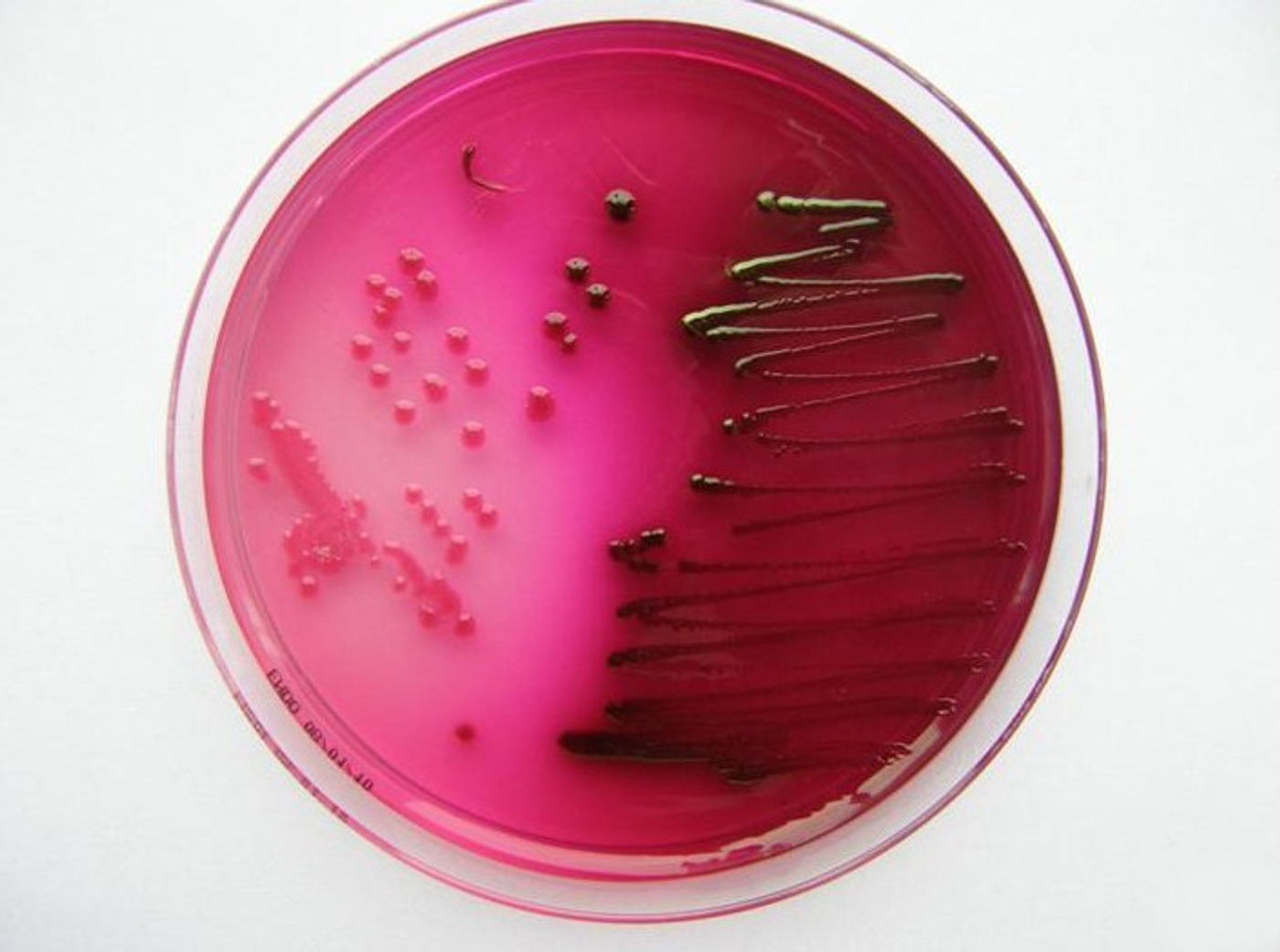Reducing Antibiotic Use Isn't Enough to Stop Resistance
Antibiotic resistance is a growing health problem, one that already kills an estimated 23,000 people every year in the U.S. alone; that number is only expected to rise. There are a variety of probable causes for this problem, one of which is the overuse of antibiotics. New work has shown that bacteria are able to spread resistance capabilities among each other in a way that means that even if we reduce the use of antibiotics, bacteria will continue to gain resistance.
Many bacteria can easily swap genetic material through a process called conjugation. Now scientists at Duke University have found that in bacteria that are capable of conjugation, antibiotic resistance can be disseminated fast enough to move through an entire population of bacteria, even when antibiotics aren't spurring them on. The work, in which the researchers also show that this process can be disrupted, has been reported in Nature Communications.
"The results came as a surprise to me when I first saw the data," said the corresponding author of the report, Lingchong You, the Paul Ruffin Scarborough Associate Professor of Engineering at Duke University. "For all of the bacteria we tested, their conjugation rate is sufficiently fast that, even if you don't use antibiotics, the resistance can be maintained, even if the genes carry a high cost."
Resistance to antibiotics may just arise by chance; it helps a bacterium survive to produce another generation, passing on the gene. That gene, however, may also carry a detrimental effect. The effect may, in turn, hinder the ability of the resistance gene to spread. For example, a mutation that allows a microbe to withstand a drug may also make it more challenging to reproduce. Such a mutation would probably disappear in time.
The balance shifts when resistance genes can merely be shared among a microbial population. If the gene spreads quickly, it promotes resistance, while the biological price of the mutation works against it.
"There have been some studies on how critical conjugation is to maintaining resistance despite its cost, but there has been a lack of careful and well-defined experiments to come to definitive conclusions," explained You. "That's where Allison has made a central contribution. Her incredibly thorough measurements allow us to draw our conclusions with high confidence."
For over a month, first author Allison Lopatkin, a doctoral candidate in the You laboratory, made careful measurements of the conjugation rate and antibiotic resistance in pathogens.
So far, the investigators have determined that over 30 percent of the bacterial pathogens tested use conjugation to spread resistance. Lopatkin performed additional tests on several to see how well they maintained resistance when not exposed to antibiotics. "Every single clinical strain we tested maintained its resistance through conjugation even without the selective pressure of antibiotics," revealed Lopatkin.
Therefore, more efforts than just reducing antibiotic use will be required to stop the spread of antibiotic resistance. You and Lopatkin suggested we will need drugs that both stop gene swapping and slow the rate of gene dissemination through reproduction. These kinds of drugs already exist, and more may be found.
"We did the same experiments with one drug that is known to inhibit conjugation and another that encourages resistance genes to be lost," Lopatkin said. "We found that without the presence of antibiotics we could reverse the bacteria's resistance in four of the pathogens we tested and could stop it from spreading in the rest."
"As a next step, we're interested in identifying additional chemicals that can fill these roles more effectively," said You. "Historically, when researchers screened huge libraries for medicines, they focused on drugs that can kill the bacteria. But what our studies suggest is that there is a whole new universe where you can now screen for other functions, like the ability to block conjugation or to induce the loss of resistance genes. These chemicals, once proven safe, can serve as adjuvants of the standard antibiotic treatment, or they can be applied in an environmental setting as a way of generally managing of the spread of antibiotic resistance."
Sources: AAAS/Eurekalert! Via Duke University, Nature Communications









